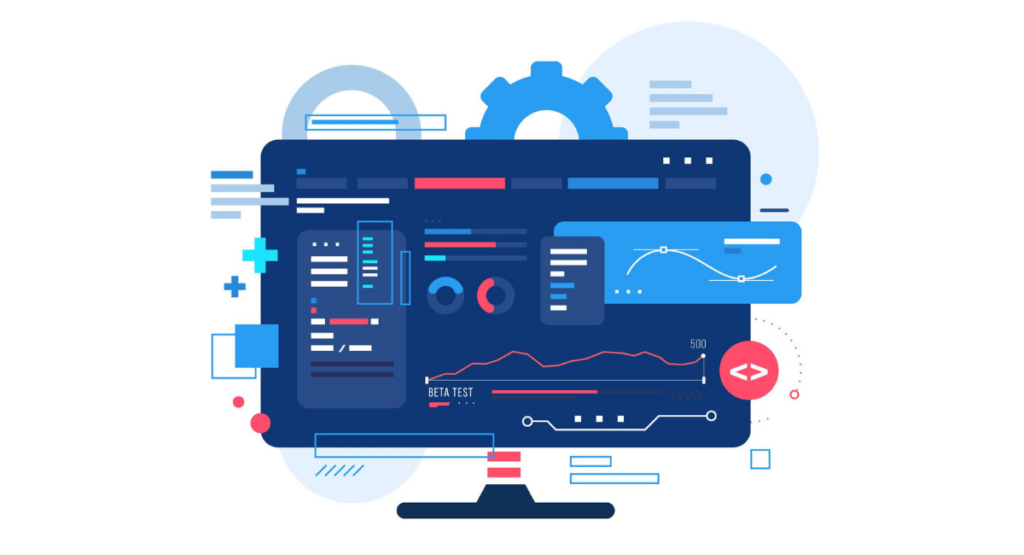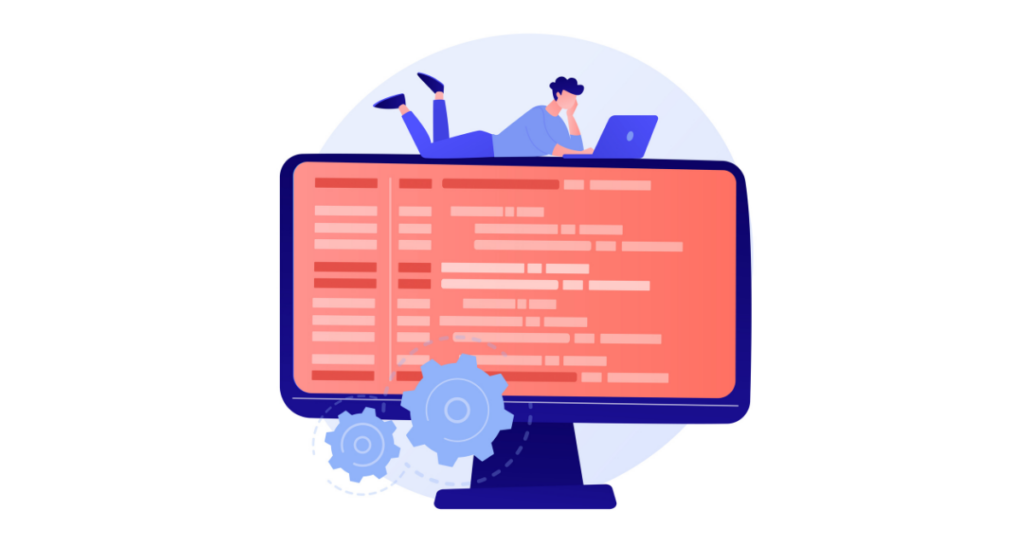In the fast-paced world of software development, staying ahead of the competition is critical. Companies need to innovate quickly, delivering high-quality products that meet the needs of their users.
Enter Testing as a Service (TaaS) – a groundbreaking approach that is revolutionizing how software testing is conducted. But what exactly is Testing as a Service, and how can it benefit your software development lifecycle?
In this comprehensive guide, we will explore the concept of TaaS, its evolution, and the myriad benefits it offers to various stakeholders involved in software development.
Understanding Testing as a Service the Evolution of Software Testing

Before we dive into TaaS, it's essential to understand the evolution of software testing. Traditionally, software testing was a manual, labor-intensive process.
QA engineers would meticulously write test cases, execute them, and document the results. While effective, this approach was time-consuming and prone to human error.
The advent of automated testing tools marked a significant leap forward, enabling testers to execute repetitive tasks more efficiently. However, managing and maintaining these tools required substantial resources.
The rise of cloud computing paved the way for a new paradigm in software testing – Testing as a Service. Leveraging the power of the cloud, TaaS offers a scalable, on-demand solution that can be tailored to the specific needs of a project.
It eliminates the need for costly infrastructure and allows teams to focus on delivering high-quality software.
The Role of TaaS in Modern Software Development
In today's agile development environment, speed and flexibility are paramount. TaaS plays a crucial role by providing a flexible, cost-effective solution for software testing.
By outsourcing testing activities to specialized service providers, development teams can focus on core activities while ensuring comprehensive test coverage.
TaaS providers offer a range of services, including functional testing, performance testing, security testing, and more.
These services can be accessed on-demand, allowing teams to scale their testing efforts as needed. With TaaS, organizations can achieve faster time-to-market, improved quality, and reduced costs.
Benefits of TaaS for Different Stakeholders

QA Engineers
For QA engineers, TaaS offers the opportunity to focus on higher-value activities. By automating routine tasks and leveraging the expertise of TaaS providers, QA engineers can concentrate on designing effective test strategies, analyzing results, and driving continuous improvement.
Developers
Developers benefit from TaaS by receiving faster feedback on their code. Automated testing ensures that issues are identified early in the development process, reducing the time and effort required to fix them. This leads to more efficient development cycles and higher-quality code.
Project Managers
Project managers can leverage TaaS to ensure that testing activities are aligned with project timelines and budget constraints. The scalability of TaaS allows project managers to adapt to changing requirements and allocate resources more effectively.
Engineering Leaders
Engineering leaders can drive organizational change by adopting TaaS. By outsourcing testing activities, they can optimize resource allocation, improve efficiency, and enhance the overall quality of their software products.
CEO / CTO / CXO
Executives can benefit from the strategic advantages of TaaS. By reducing the time-to-market and improving product quality, TaaS can enhance the company's competitive edge and drive business growth.
Directors / VPs of Engineering
Directors and VPs of Engineering can oversee the implementation of TaaS to streamline operations and achieve better alignment between development and testing teams. This holistic approach ensures that quality is embedded throughout the software development lifecycle.
QA Managers / Development Managers
QA and Development Managers can utilize TaaS to achieve more effective collaboration between their teams. By integrating TaaS into their workflows, they can ensure that testing efforts are comprehensive, consistent, and aligned with project goals.
QA Leads / Development Leads
Leads can harness the power of TaaS to drive innovation within their teams. By adopting cutting-edge testing methodologies and tools, they can inspire their teams to deliver higher-quality software.
Challenges and Considerations in Adopting TaaS
While TaaS offers numerous benefits, it's essential to be aware of potential challenges and considerations. One of the main challenges is ensuring seamless integration with existing development processes and tools.
Organizations must carefully evaluate TaaS providers to ensure compatibility and alignment with their specific needs.
Security and data privacy are also critical considerations. When outsourcing testing activities, it's crucial to ensure that sensitive data is protected and that TaaS providers adhere to industry standards and regulations.
Finally, organizations must consider the cost implications of TaaS. While TaaS can reduce infrastructure and maintenance costs, it's essential to assess the overall value delivered by the service to ensure a positive return on investment.
Case Studies Successful Implementations of TaaS
Case Study Software Solutions
Software Solutions, a mid-sized software development company, faced challenges in managing their in-house testing infrastructure.
By adopting TaaS, they were able to reduce their testing costs by 30%, improve test coverage, and accelerate their release cycles. The flexibility of TaaS allowed them to scale their testing efforts based on project demands, leading to more efficient resource utilization.
Case Study 2 XYZ Enterprises
Enterprises, a global leader in financial software, sought to enhance the security and performance of their products. By partnering with a TaaS provider specializing in security testing, they were able to identify and address critical vulnerabilities before they could be exploited.
This proactive approach significantly improved the security posture of their products and instilled greater confidence among their customers.
Case Study 3 Tech Innovators Inc.
Tech Innovators Inc., a startup focused on mobile app development, leveraged TaaS to streamline their testing processes. By outsourcing functional and performance testing, they were able to focus on innovation and speed-to-market.
The result was a series of successful app launches that received rave reviews for their reliability and performance.
The Future of TaaS and Its Impact on the Software Industry
The future of TaaS looks promising, with continued advancements in AI and machine learning poised to further enhance its capabilities.
AI-driven test automation can significantly reduce the time and effort required for testing, while machine learning algorithms can identify patterns and predict potential issues.
Additionally, the growing adoption of DevOps practices is expected to drive the demand for TaaS. As organizations strive for continuous integration and continuous delivery (CI/CD), TaaS can provide the scalable, on-demand testing capabilities needed to support these initiatives.
Ultimately, TaaS is set to play a pivotal role in the software industry, enabling organizations to deliver high-quality products more efficiently and effectively.
Book a Demo and experience ContextQA testing tool in action with a complimentary, no-obligation session tailored to your business needs.
Conclusion Key Takeaways and Next Steps
In conclusion, Testing as a Service (TaaS) is a game-changer for the software development industry. By providing scalable, on-demand testing capabilities.
TaaS offers numerous benefits to QA engineers, developers, project managers, and other stakeholders. It enhances efficiency, reduces costs, and improves the overall quality of software products.
However, it's essential to carefully consider the challenges and considerations associated with TaaS adoption. By evaluating TaaS providers, ensuring seamless integration, and addressing security and cost concerns, organizations can unlock the full potential of TaaS.
Also Read - The Future of QA Testing: Trends in Manual and Automation Testing
We make it easy to get started with the ContextQA tool: Start Free Trial.
